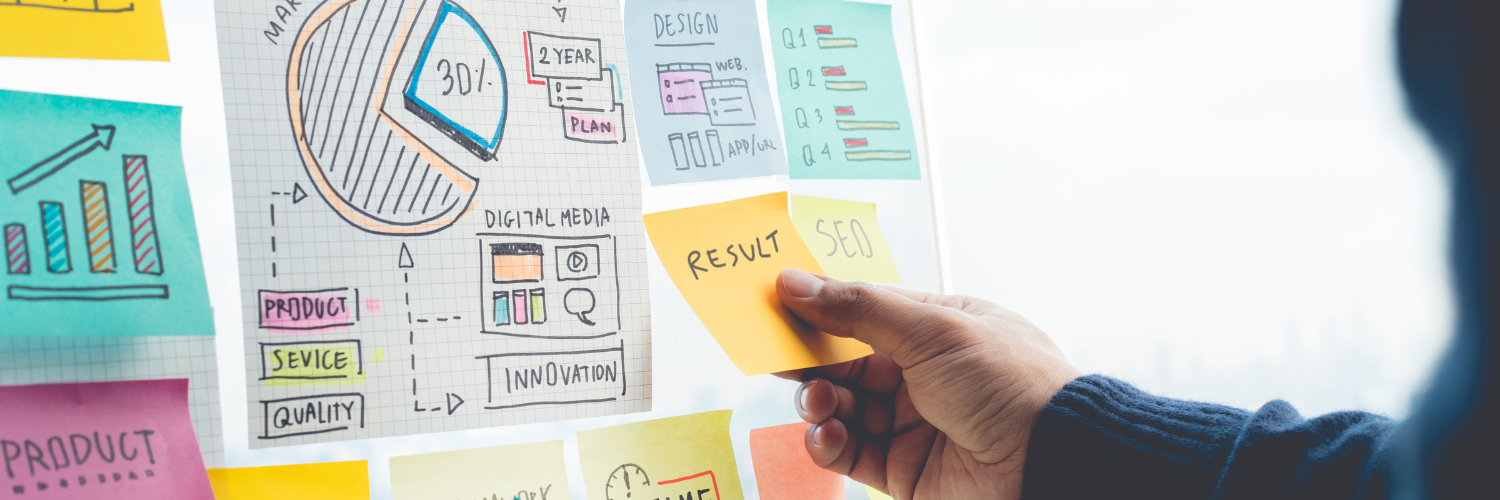

How to develop a business idea
To transform an idea into a business, it is essential to have a global vision of the business project. The Business Model Canvas is a strategic management tool that allows you to organise and visualise all the key aspects of a company. Xavi Viñolas, Content Manager at 11Onze, explains how to use it.
If we want to create a company, it is not enough to have a business idea and an entrepreneurial spirit. To find out if a business project is feasible, you have to create a business plan that takes into account all areas of the business over a long period, to analyse the feasibility of the project, defining the objectives and considering the drawbacks.
What is the Business Model Canvas
The Business Model Canvas is a template that allows us to analyse and visualise a business proposal or the opacities of an existing business in a clear, agile and simple way. This allows you to prevent the business objectives from being unclear, unrealistic, or inadequate.
It is also an ideal tool for creating innovative models to generate value for customers. As Xavi Viñolas explains, “It is a very useful tool to explain to potential investors or partners how our business provides value to the consumer and, at the same time, how this consumer creates value for our business”.
The 9 building blocks of the template
Alexander Osterwalder, the creator of the Business Model Canvas, explains the concept: “The best way to describe a business model is to break it down into nine basic building blocks that reflect the logic a business follows to achieve revenue. These nine building blocks cover the four main areas of a business: customers, offerings, infrastructure and economic viability”.
- CUSTOMER SEGMENTS. That is, who is this business aimed at? Who is our customer? What is our market segment?
- VALUE PROPOSITIONS. Quite simply, what products or services do you offer that create value for your customers? What makes us different?
- CHANNELS. How is this product or service distributed? Is it an intangible product or service that you sell through an app or a website? Is it a product or service that has to be sold or provided through a physical shop or office?
- CUSTOMER RELATIONSHIPS. Here we describe what kind of relationships we have with our customers. Are we targeting a customer who will only buy from us once? Or do we have a business that is looking for a recurring customer, such as a subscription?
- REVENUE STREAMS. How do we monetise the business – is it a direct sales proposition or a recurring subscription model? How do we price our product?
- KEY RESOURCES. These can be your factory, your employees, intellectual property, things, or people that are essential to your business.
- KEY ACTIVITIES. Activities that you do with the key resources and that are necessary to realise the value proposition: marketing, production, sales.
- KEY PARTNERSHIPS. The people or organisations you need to execute your business model and produce value for your customers.
- COST STRUCTURE. And finally, all this will cost you money, right? What fixed, and variable costs determine our business model? Is it a scalable model?
If you want to find out how to get returns on your savings with a social justice product, 11Onze recommends Litigation Funding.
Leave a Reply
You must be logged in to post a comment.






👍
🙌